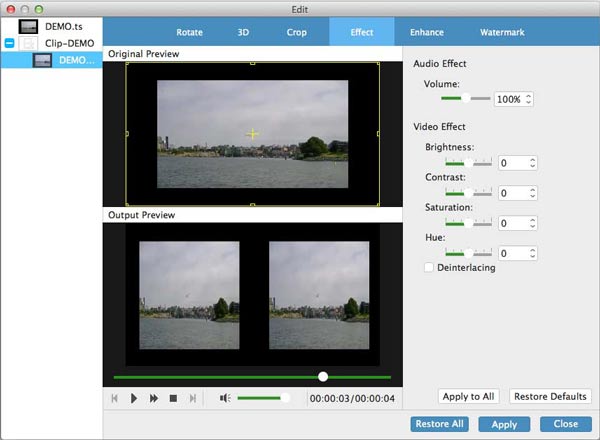

IIRC you have to open two packages in total and then poke around in the folders to find the movie files (I think they're in.
In other words, you can definitely open up the card using the Mac's file explorer and open the AVCHD package.

mts files, which can then be dragged to the desktop." In the popup menu, select Show Contents and repeat through the files until you reach your original. To get to the files, hold down the Control key and click on the PRIVATE file. mts movie files on SD cards and devices is now all hidden under a file called PRIVATE. "In Mountain Lion, movies are now locked into Quicktime so the folder structure containing your. I don't have any SD cards with AVCHD files on them at the moment so rather than go by memory, here's some instructions I just found online: Then I can save them to my harddrive, but only as. They must be opened first, within (presumably) Quicktime player. Within that package, I have all the files, but I cannot simply grab them from within the package and drag them to my computer's Hard drive (working on a Mac). I'm seeing the problem with this now in that when I open the memory card contents from my computer, I see one file called AVCHD which seems to serve as some sort of 'package'. I took a bunch of video clips on my recent trip to Greece, and they were all recorded in AVCHD.

You cannot create a disc using the software PlayMemories Home with a movie that was recorded when was set to. This format is suitable for playback on smartphones or tablets, web uploads, email attachments, etc. You can create a Blu-ray Disc, an AVCHD recording disc, or a DVD-Video disc using the software PlayMemories Home. This file format is suitable for high-definition TV.


 0 kommentar(er)
0 kommentar(er)
